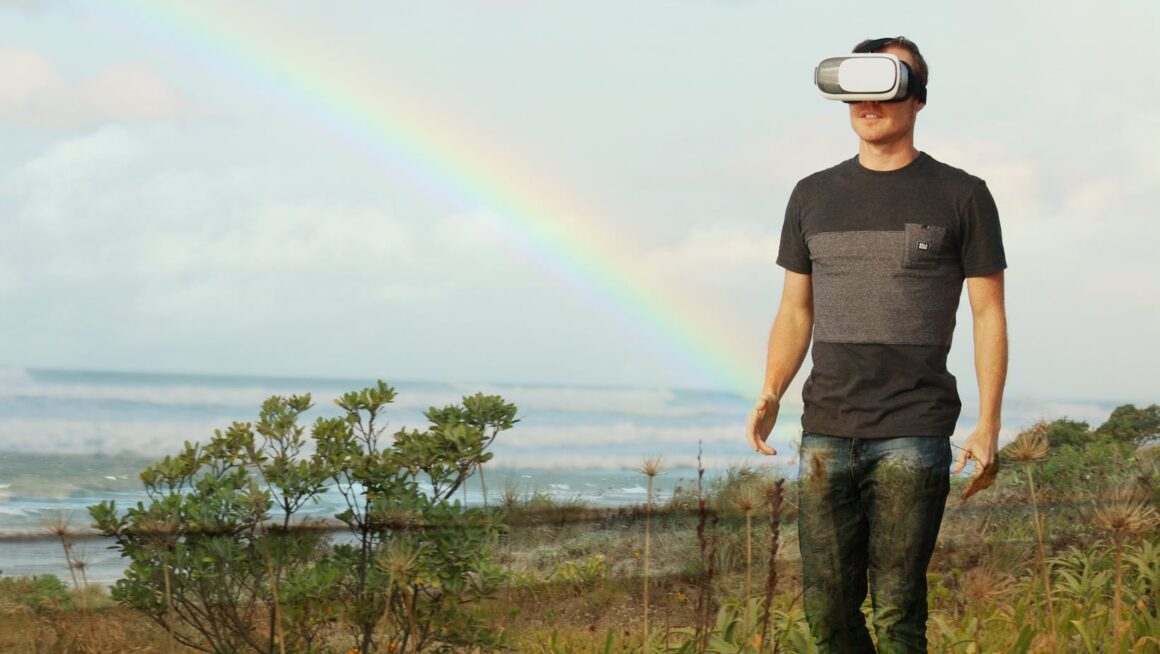In an era where technology bridges the gap between the imaginable and the achievable, virtual reality (VR) stands out as a revolutionary tool, especially in the realm of travel. With the power to transport users to distant lands, historical moments, or even fantastical worlds, VR travel experiences have opened a new frontier for adventurers and homebodies alike. They offer an immersive journey without the need for passports, packing, or the hassle of long flights.
Best VR Travel Experiences
Virtual reality travel experiences offer unprecedented access to the world’s most remarkable destinations. Among the top picks, users can embark on an Everest ascent with “Everest VR,” allowing them to experience the thrill of climbing the world’s highest peak. Explorers seeking historical insights might dive into “Anne Frank House VR,” providing an intimate look at the hidden annex where Anne Frank wrote her diary. For those enchanted by natural wonders, “National Geographic Explore VR” takes users on journeys to Antarctica or the ruins of Machu Picchu. City lovers can wander the streets of Paris or Venice through “Wander,” which utilizes Google Street View to simulate strolling through these iconic cities.
Top VR Travel Experiences Around the World

Virtual reality travel offers an array of remarkable experiences that cater to various interests. Users can embark on these virtual tours to explore the wonders of the world from anywhere. Among the best VR travel experiences, “Everest VR” stands out for those seeking adventure, providing a detailed virtual climb of Mount Everest. History and culture enthusiasts find “Anne Frank House VR” deeply moving, offering an inside look at Anne Frank’s hiding place during World War II. For nature lovers, “National Geographic Explore VR” showcases the breathtaking landscapes of Antarctica and the historic ruins of Machu Picchu. Additionally, “Wander” allows users to virtually stroll through the streets of famous cities like Paris and Venice, using Google Street View technology to bring real-world locations into the virtual realm.
The Technology Behind the Scenes
Behind every immersive VR travel experience lies a complex array of technology designed to simulate the sensations of real-world exploration. Central to these experiences are advanced graphic rendering techniques and 360-degree video capture, which together create lifelike environments users can explore. Devices like the Oculus Rift and HTC Vive utilize motion tracking to allow personal interaction with the virtual world, enhancing the sensation of presence within distant or imagined locales. For experiences based on real-world locations, such as “Wander” or “National Geographic Explore VR,” developers often incorporate high-resolution photographs and videos, sometimes captured using drones for unreachable vistas.
The Future of VR Travel

The future of VR travel promises even more immersive experiences through advancements in technology and content. Innovators are developing more lifelike graphics, improved user interfaces, and haptic feedback systems that simulate touch, making virtual travels more interactive and engaging. Upcoming VR platforms aim to offer real-time exploration options, allowing users to visit places around the world as events happen, from festivals in Rio de Janeiro to cherry blossom viewings in Japan. Collaboration with tourism boards and local governments will likely result in virtual tours of restricted areas, providing access to sites otherwise closed to the public.
The Pros and Cons of VR Travel
VR travel offers a unique blend of exploration and education right from the comfort of home. It’s a game-changer for those who can’t physically travel due to limitations or concerns. With experiences like “Everest VR” and “National Geographic Explore VR,” users aren’t just spectators but active participants in their adventures. The technology’s evolution promises even more realistic and interactive experiences ahead making the world more accessible than ever. However, it’s vital to remember that while VR can simulate sights and sounds, it can’t fully replicate the sensations of being in a new place—the smells, the atmosphere, or the spontaneity of real-world travel. As the line between virtual and actual travel continues to blur the opportunities for discovery are boundless.

